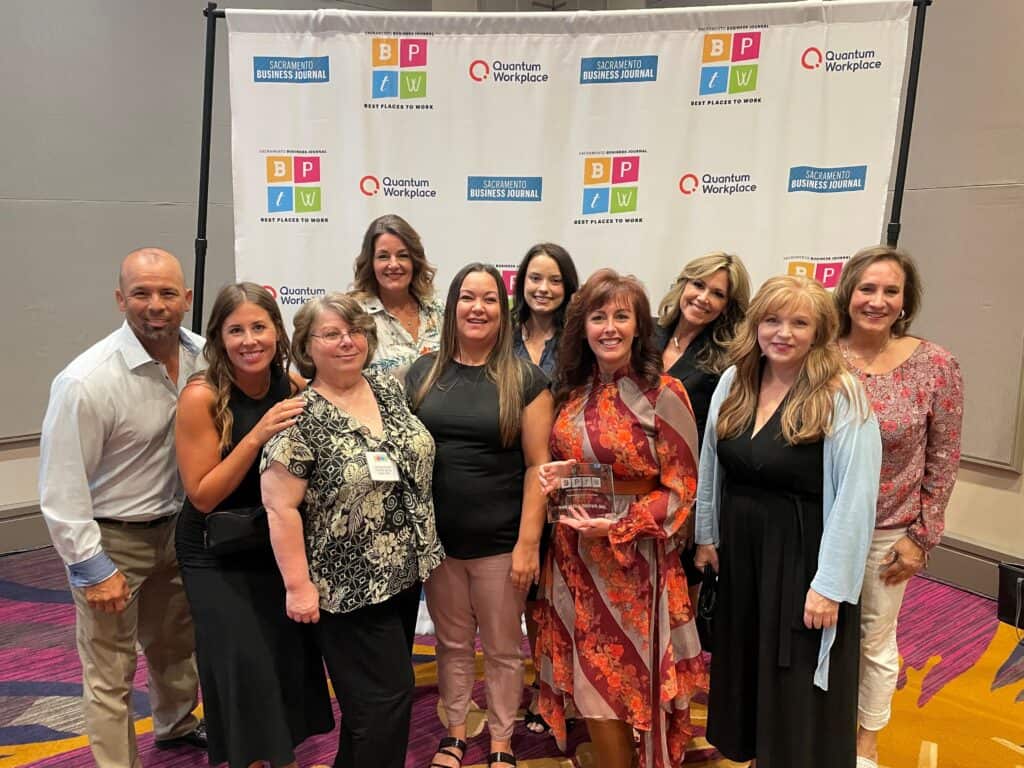By Chris Ziegler •
Whatever their impetus or funding stream, California Information Technology projects must comply with rigorous approvals. This requires navigating the State Implementation Manual SIMM 19 – Project Approval Lifecycle (PAL). There is a definite time commitment to the process, but there are notable benefits.
I’ve been through two decades of variations on the approval theme – including preparing feasibility study analyses, economic analysis worksheets, budget change proposals, and design and development documentation. As a Project Manager, I appreciate the need for planning. As a consultant and contractor on statewide implementation projects, I also appreciate that the documentation can be extensive. The “paperwork” can be time consuming and onerous.
The good news, based on my experience, is that the California PAL Stage Gate process and the California Project Management Framework (CA-PMF) templates are not just necessary evils – they can be accelerators to getting your projects properly planned, sponsored, staffed, and executed.
The California PAL Stage Gate process and the CA-PMF templates are accelerators to getting your projects properly planned, sponsored, staffed, and executed.
Here are a few words of encouragement and advice to State entities and consultants for how to leverage the PAL structure and CA-PMF templates.
Stage Gate Documentation
I have two recommendations here:
Welcome the “paperwork” – the discipline of project management universally endorses initiation and planning as critical steps to getting a project right. There’s an old saying, “To speak clearly, you must think clearly.” Similarly, to execute clearly, you need to have a well thought out plan. Going in to the Stage Gate process with the understanding that it has real value makes all the difference. You aren’t just checking boxes for requisite oversight; you’re defining your effort, decomposing your workstreams, and preparing the storytelling components that will be reused throughout your project. All or parts of the content will be shared among your stakeholders, project resources, executives, sponsors, and legislators!
Going in to the Stage Gate process with the understanding that it has real value makes all the difference.
Partner with California Department of Technology (CDT) – the Department was established to support the mandated project approval lifecycle. This organization is full of smart and effective resources who are prepared and willing to assist State agencies with initiation and planning. A word to the busy (and the wise); take advantage of their ability to navigate the documentation. Their expertise will ensure that you hit the right level of detail needed for each stage without going overboard. Their input will save you cycles!
CA-PMF Templates
During college, I was an intern to the Secretary of the California Environmental Protection Agency. Back then, recycling was the word of the day. Their tag line was “Recycle, Reduce, Reuse.” Twenty years later, these words still ring true. Only now they remind us to leverage the CA-PMF templates (and to go light on single use plastics of course). However you remember to leverage the templates, you’ll do well to share and reuse initiation, planning, execution and control, project closing, and M&O planning documents across your department.
Partnering
Embracing PAL and CA-PMF processes and tools can help your organization reduce the time and energy it takes for your technology initiatives to go from concept to product.


